Located at the south of Laos, in Champasak Province near the Cambodian border, some 200 km from Angkor Wat and about a hour drive from Pakse on a good road, is the UNESCO World Heritage Site of Wat Phou (Vat Phou).
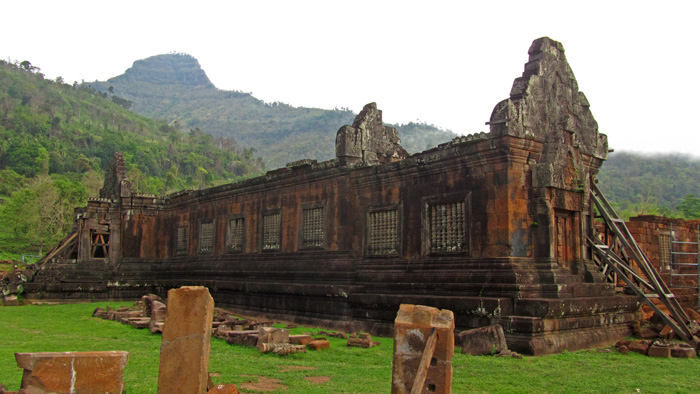
It is an exceptional archeological site originating in the 6th century and thriving until the 15th Century. Its influences come from Khmer, Hindu, and Buddhist traditions that blend elegantly in its architectural, ritualistic, and artistic designs.
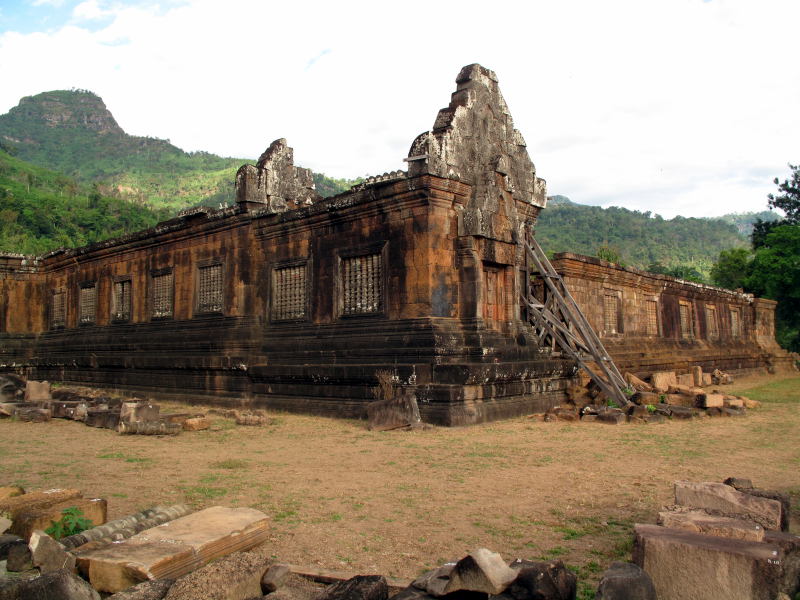
Construction on what we see today as Wat Phou started around 1000AD, and bears clear visions of Hinduism. Taking advantage of a natural axis from Phou Kao Mountain – from which flows a natural spring that is still considered sacred nowadays – to the Mekong River, the ancient khmers designed a geometric pattern of temples, shrines, and man-made waterways.
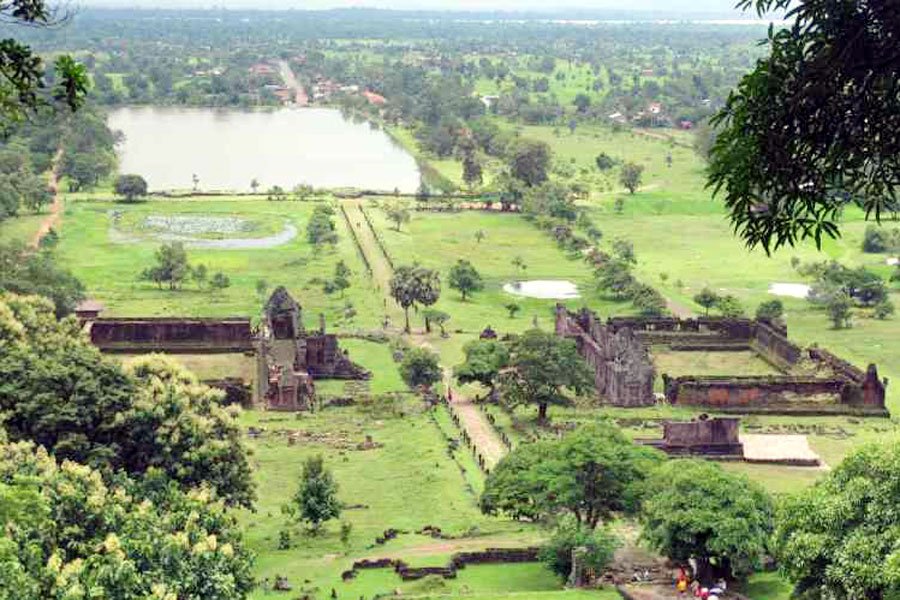
The deliberately chosen location of Wat Phou along an east – west axis, is coupled with the fact that the peak of Phou Kao Mountain is shaped like a lingam. Such a phallic shape is usually associated with the Hindu God Shiva, as is the worship of the rising sun, hence the east – west alignment of the temple.
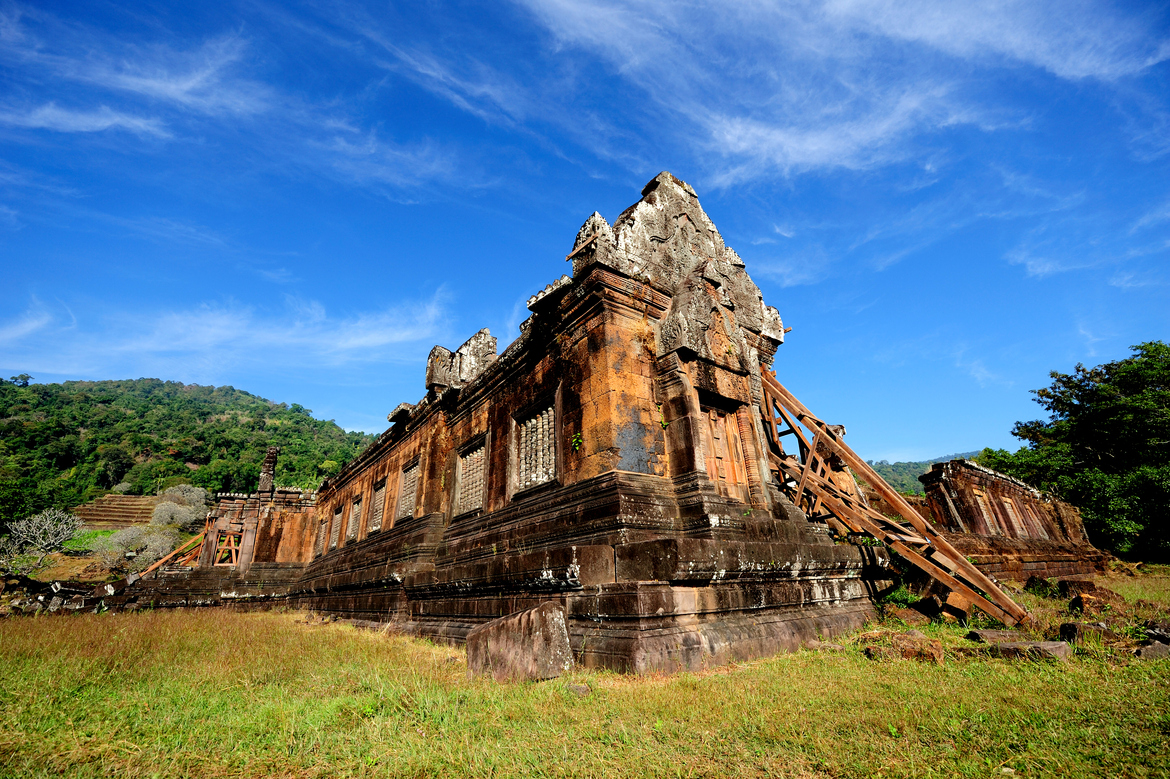
It is recognized as one of the most important Hindu sanctuaries of Cambodia’s Khmer Empire, which was in place between the 9th to 13th Centuries and is the largest example of Khmer Architecture in southern Laos.
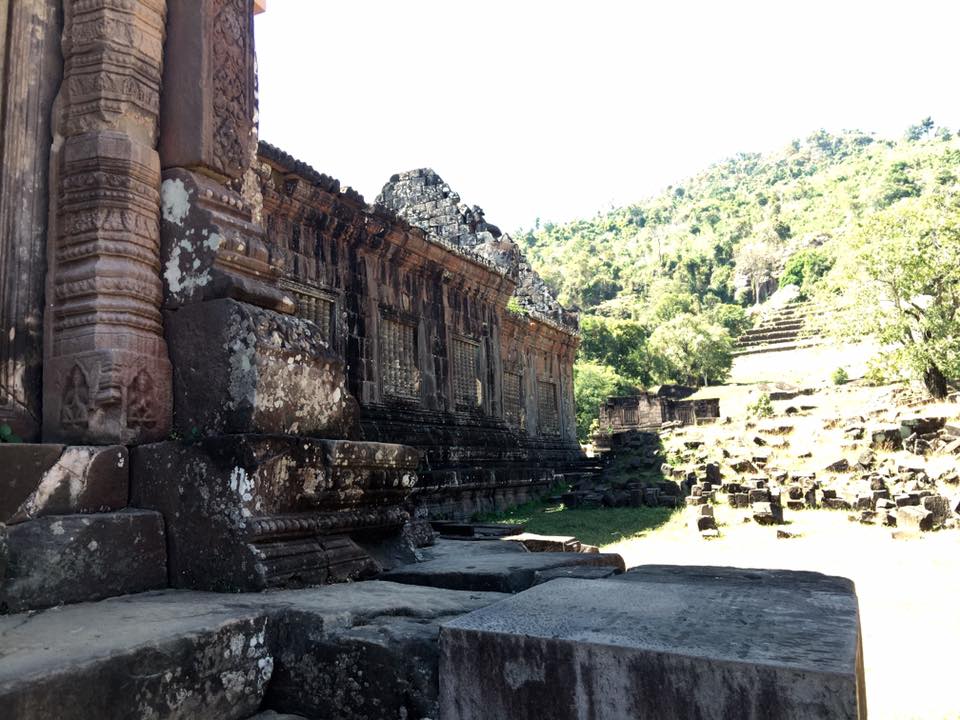
On the same site, ruins dating from pre-Angkor times have also been identified. On the moon moon of the third lunar month, usually during February and before celebrations at Angor, Champasak celebrates the traditional Wat Phou Festival at the ruins. Festivities include elephant racing, cock fighting and performances of traditional Lao music and dancing.
Source: welcome2asia
Image: Internet











